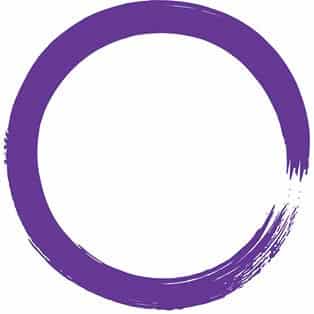What is the Middle Way?
When Buddha saw suffering for the first time, he was deeply disturbed to see death and misery in the world.
He gave up his place in the darkness of the night and set out to find out the cause of all suffering.
As was the custom of the day, the Buddha gave up all worldly possessions and started living the life of an ascetic. To the extent that he tortured his body in his quest for the divine revelation. While doing so, he grew so weak in the body so as to be near death.
However, after having done so, he realized that exaggerated asceticism was not required to attain enlightenment. All the same, he was convinced that a person living a luxurious life might not be able to see things in the right perspective.
After much deliberation, he came to the conclusion that an individual who seeks enlightenment in his pursuit of Nirvana needs to avoid both- sensual self-indulgence as well as self-mortification. Since he advocated avoiding both these extremes, the path laid down by him came to be known as The Middle Path.
Zen embraces the two opposites and integrates the two to bring about a condition which can help an individual reach the highest dimension, mushotoku. Zen, in contradiction to modern civilizations, is beyond any dualism.
The European civilization, on the other hand, is based on dualism. Materialism, for instance, is at cross ends with spiritualism. Buddhism, however, believes in oneness of the spirit/mind and the body. And to understand this oneness, a person must tread The Middle Path. It can help the person understand how spiritual can become material and vice versa.
By “middle”, Buddha essentially meant that we need to embrace both spiritualism as well as materialism, just like the front and back sides of a sheet of paper.

